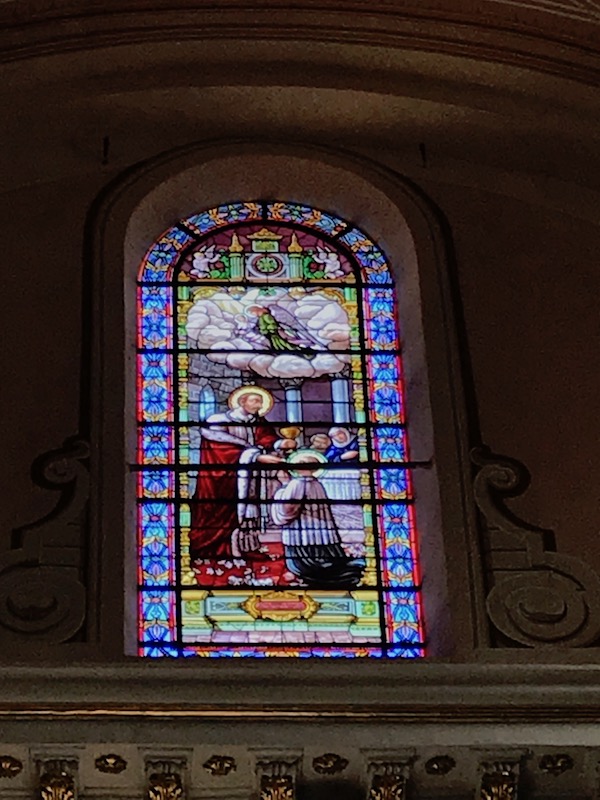Our Blog - Sospel, France
After taking the "dangerous road" from Italy across the border into France, we made it to our B&B for the evening, just outside of the town of Sospel. There are a couple horses there (which Lucy didn't bark at too much) and several rooms. The owner also does a "table d'hôtes" which means that she cooks dinner for the guests upon request. We tend to like to do this if possible because it gives us an idea of the local home-cooking. In this case, she does a lot of things that are healthy and fresh, including getting many of the vegetables from her garden. There were really nice views of the surrounding area. There is also a paragliding club there, and there are 3 different take-out sights around Sospel. We caught one of the gliders as we arrived.









A bit of trivia that I didn't know before now ... the town was the setting for a book by George Bellairs (seems it was entitled "All Roads to Sospel" in the US (1981) and "Close all Roads to Sospel" in the UK (1977).
The town dates back to the 5th century, when it served as an important staging post on the royal road from Nice to Turin. We parked at the Monument of the Dead, listing the people from the town who have died in the various wars. For such a small town, they had a lot of deaths due to war!

This is the old toll bridge used by travelers to cross the Bévéra River, built in the 13th century. During World War II, much of the town was destroyed, including part of this bridge, which was bombed by the Germans to prevent contact between the French Resistance ("The Maquis") and the Italians. The central part of the bridge remains from the 13th century, but the 2 arches had to be rebuilt after the war. The last picture is from the other side, and you can get a better view of the 2 arches.



Rue de la République was the principal road in the Middle Ages and this round fountain dates from the 17th century and is a symbol of the communal life around the medieval town.


The church Sainte-Croix des Pénitents Blancs was built in the 16th century on the site of an old Roman church dedicated to Saint-Nicolas. The clock tower is triangular ... inspired by Baroque architecture. It was closed so we weren't able to go inside but supposedly the interior decor uses a lot of trompe-l'œils.


Back across the river to what seems to be *today* the main square, as it is where all of the restaurants are. There is a fountain there as well which is very different on the two sides. One side (the low side) was used as a drinking trough and the other side (the higher part) was used for household needs.


We have seen quite a few sundials on this trip, including this one on the building next to the cathedral. I must say ... even today, it is pretty accurate!

The Cathedral is the main sight in the town. The Baroque-style church was built in 1641 on the site of a Roman church from the 13th century. The interior was restored in 2014.







We headed up the hill from the Cathedral to Place du Château, where you can see one remaining tower from the old Château of the Counts as well as part of the remaining fortified walls from the 14th century.

